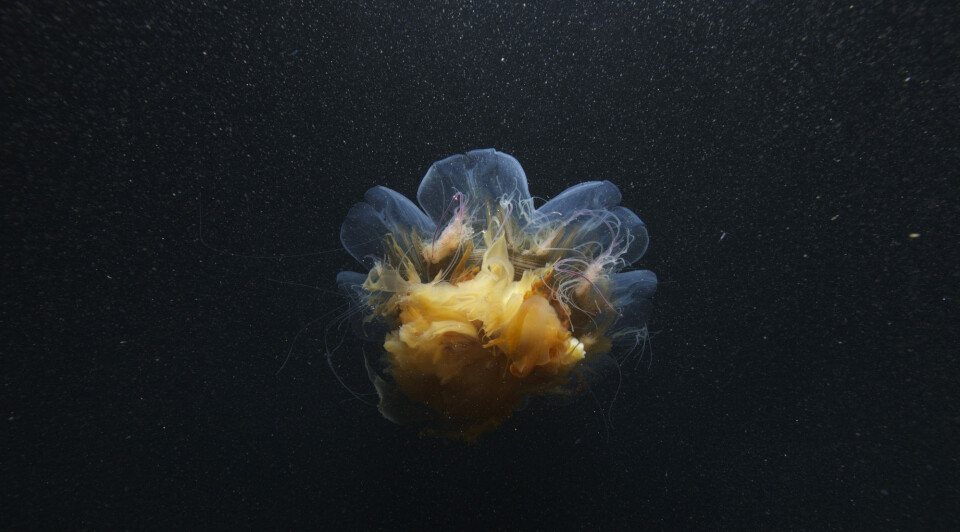THIS ARTICLE/PRESS RELEASE IS PAID FOR AND PRESENTED BY NTNU Norwegian University of Science and Technology - read more

There’s more than enough light in the polar night for the tiny creatures who live there
The polar night is dark — if you’re a person. But not if you’re a krill or a seabird or a fish.
Krill eyeballs. The werewolf effect. Diel vertical migration. Arctic marine biologists really talk about these things.
There’s a reason for that — when it comes to the polar night, when humans see only velvety darkness, krill eyeballs see things a little differently.
And when the sun has been gone for months, during the darkest periods of the polar night, the moon does unexpected things to marine organisms.
Down to 200 metres deep
NTNU marine biologist Geir Johnsen said that when he and other polar night researchers journeyed to the Norwegian territory of Svalbard, other biologists thought they were crazy to go in the dark of winter, because everyone thought that there was nothing going on.
"‘You’re going there during winter time? It’s dark! There’s nothing there!’" other biologists told him, he said.
But as the researchers explain in the podcast, there was quite a bit of biological activity even in such low light conditions that it was pitch black — to the human eye, at least.
In fact, these marine creatures are so sensitive to light that the ordinary lights from a research ship are enough to affect their behaviour as deep as 200 metres, Jørgen Berge, a polar marine biologist at UiT — The Arctic University of Norway who also has an appointment at NTNU. Both Berge and Johnsen are also adjunct professors at UNIS – the University Centre in Svalbard.
“The real surprise here is how much they are affected and that they can be affected. So far, we have documented a clear effect down to at least 200 meters depth, which is quite significant,” he said. “We have also been able to run experiments with a research vessel where we have moved and done sort of simulated stock estimations using echo sounders with lights on and off. And we clearly show that the results are different when the lights are turned off.”

Measured krill eyeballs
Jonathan Cohen, from the University of Delaware, has also worked with the polar night crew for years. In fact he, Johnsen and Berge have co-edited a book about the polar night describing their unanticipated discoveries called “Polar Night Marine Ecology: Life and Light in the Dead of Night."
Cohen’s expertise is eyeballs — well, he studies how the eyes of different organisms respond to light — in this case, the extremely low light levels of the polar night.
Cohen described what it was like to work on a research vessel in the pitch black of the polar night. For one thing, he said, it’s not at all normal — it’s so unusual that “it literally took them 30 minutes just to figure out where the light switches were, because they’ve never turned the lights off. It’s just not something that you normally do on a research vessel.”
He also explains in the podcast exactly how he does this research. It involves super glue — but to learn more you’ll have to listen to the podcast.
-
See more content from NTNU:
-
Politics on Facebook: Populist parties choose divisive issues on purpose
-
Social media is connected to cyberbullying – but not how we thought
-
Forskere ved NTNU får nesten 24 millioner av EU for å lage nye strømomformere
-
This helps the youngest children enjoy school more
-
Can we tap the ocean’s power to capture carbon?
-
Researchers have uncovered major problems in Norway's salmon industry





































